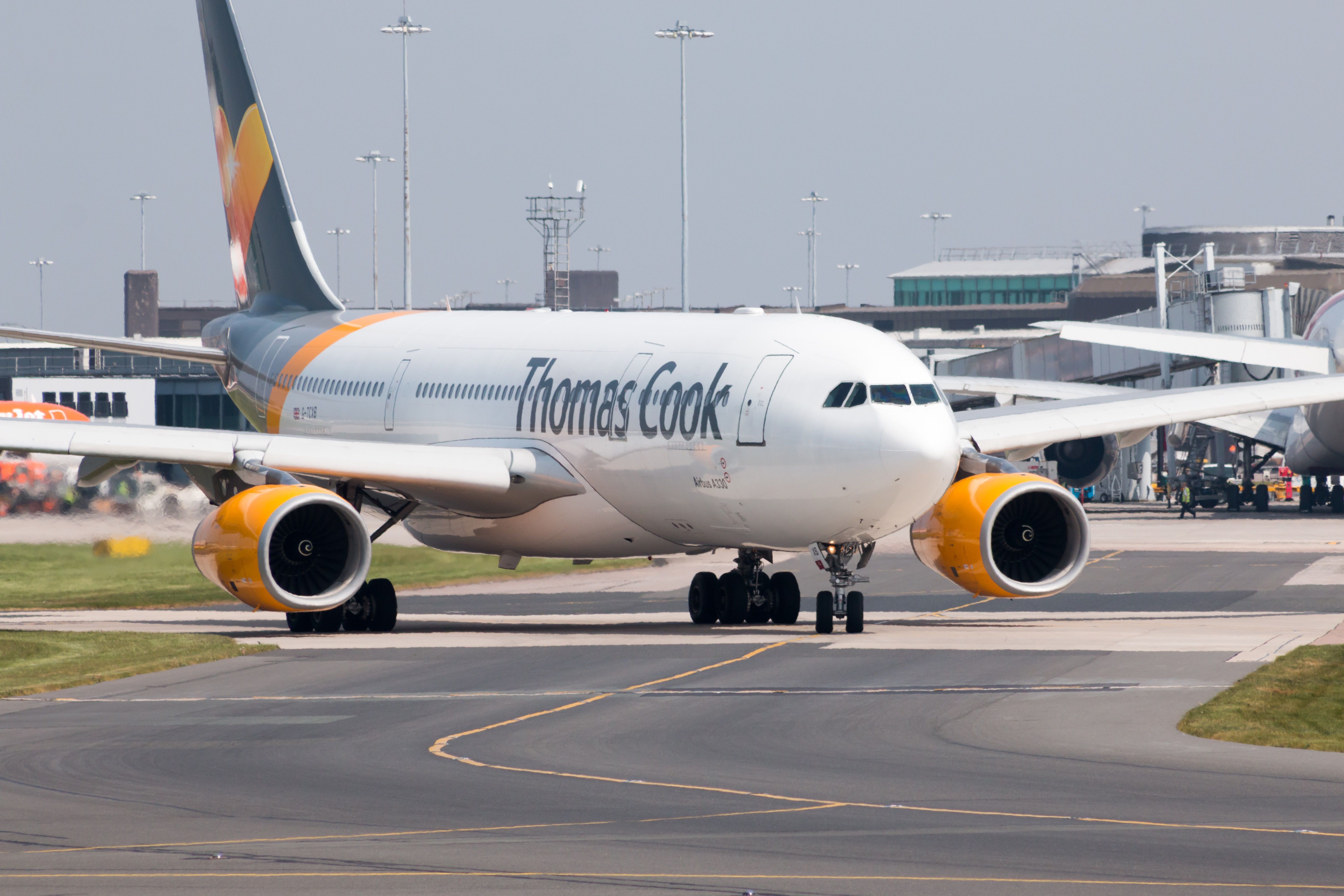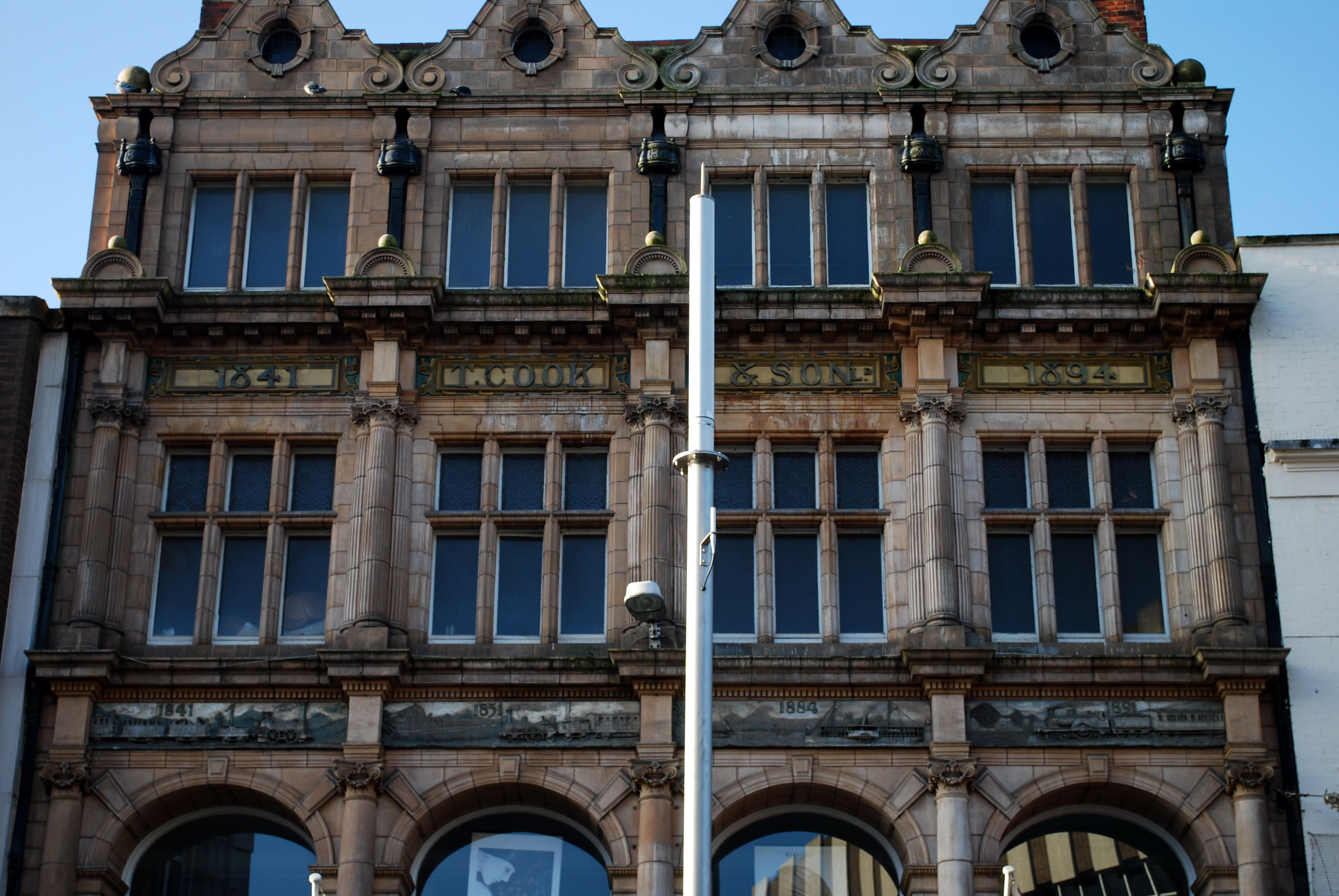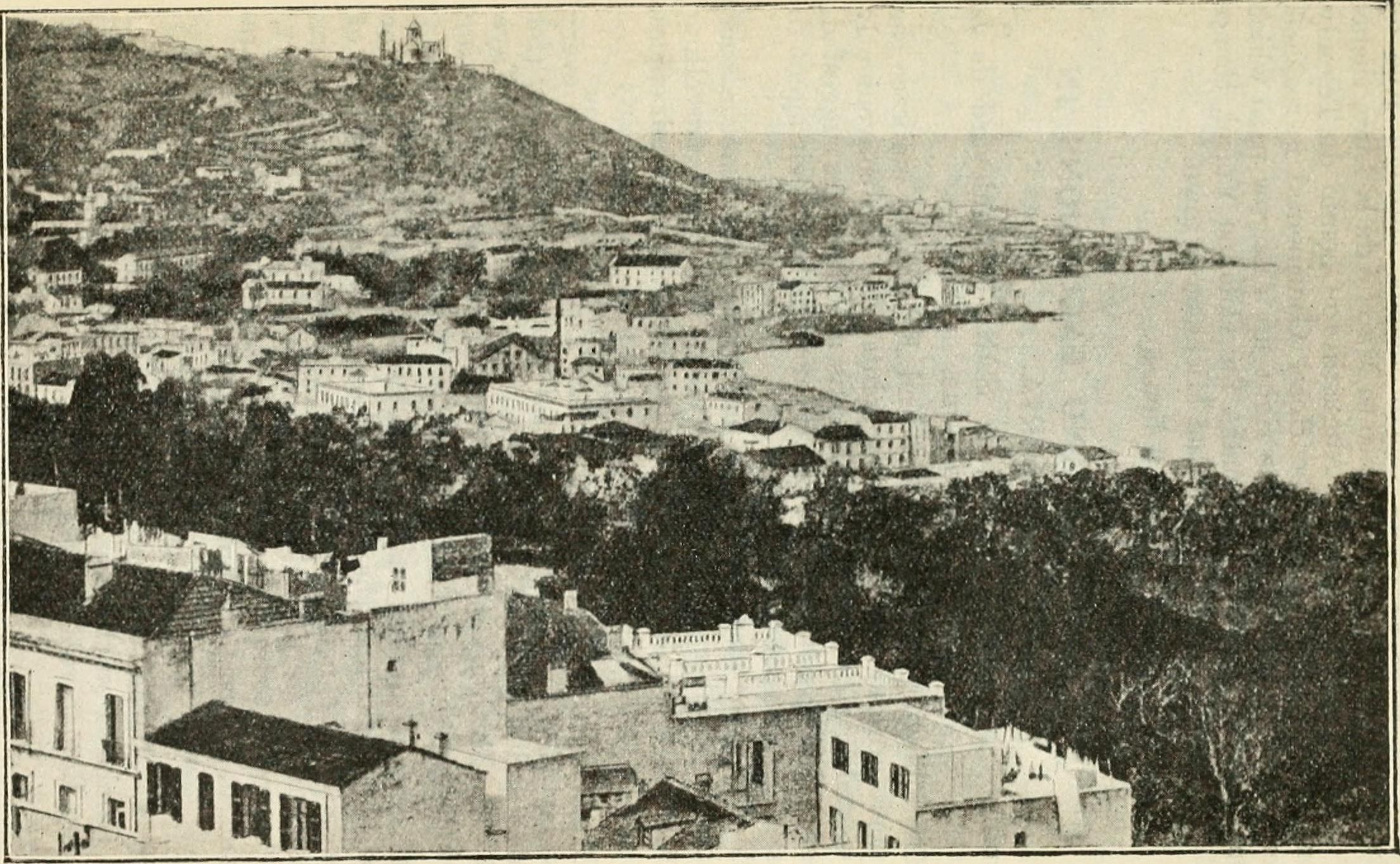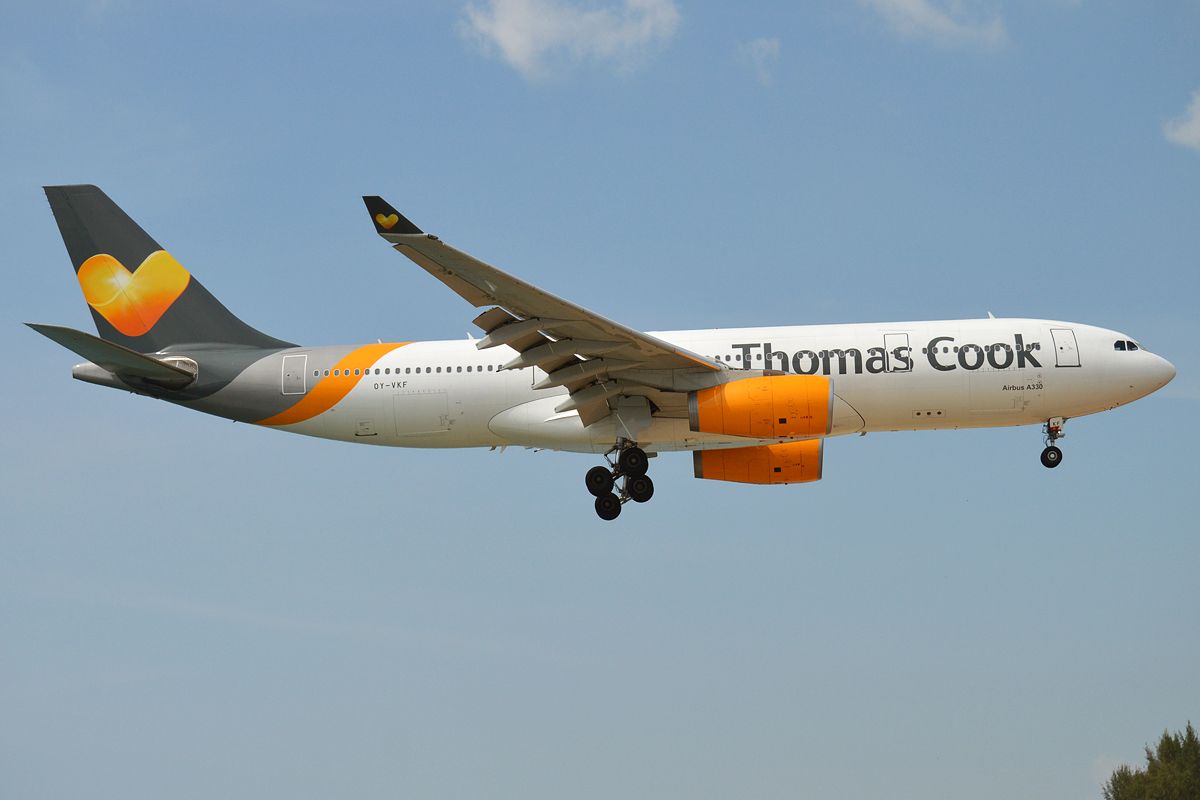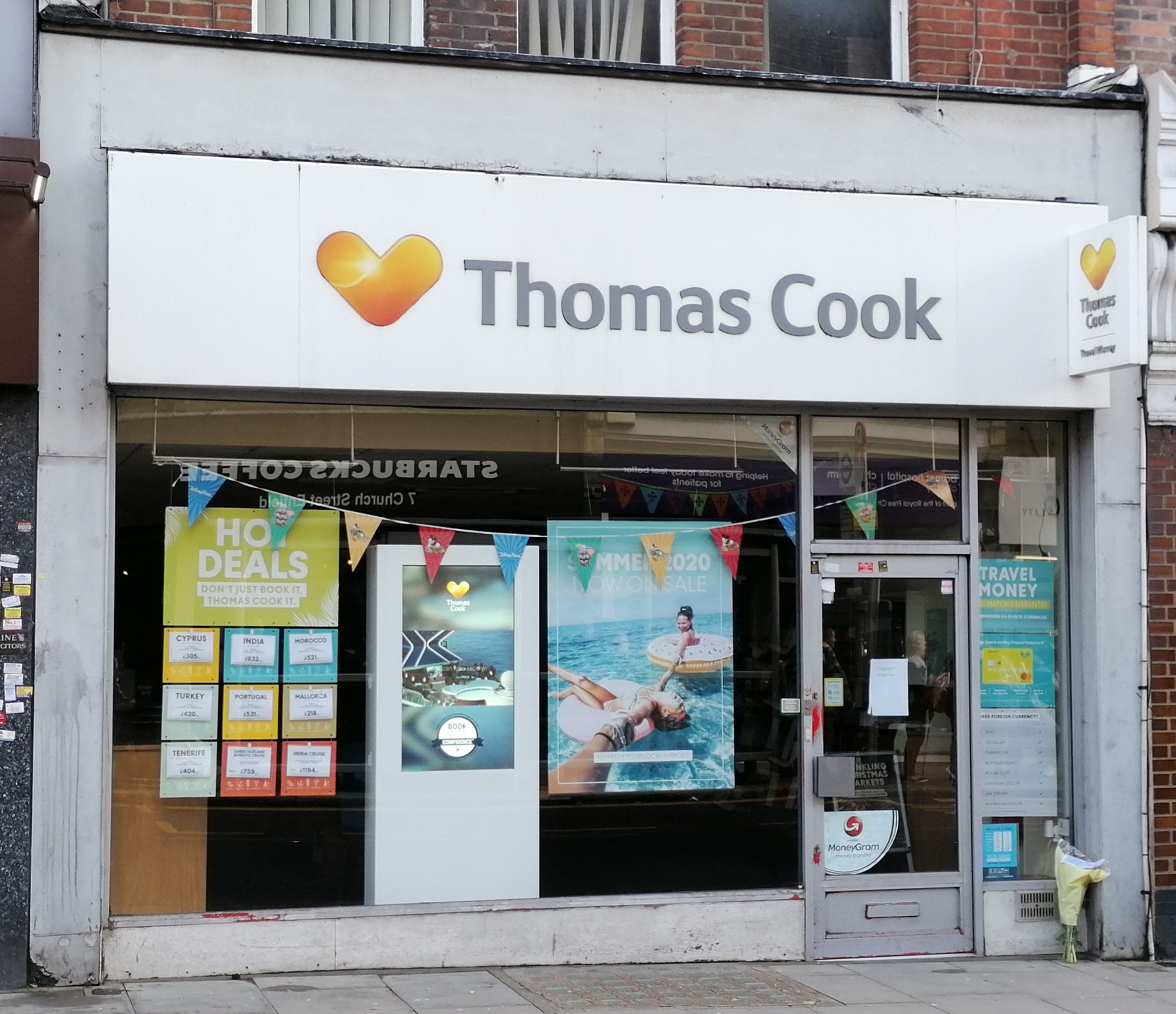Thomas Cook was closing in on two centuries of business before its demise in September 2019. After efforts to seek a £200 million bailout failed, Thomas Cook fell into liquidation, ending a business that had operated for 178 years. The failure of Thomas Cook Airlines became the biggest UK airline collapse in history, eclipsing Monarch Airlines, which had gone bust two years prior.
The bankruptcy left over 150,000 passengers stranded worldwide, and up to 600,000 customers had bookings with the airline when it went bust. Let's take a look at the fascinating history of Thomas Cook.
Railways expeditions
The agency's inception dates back to July 1841, with entrepreneur Thomas Cook offering his first excursion. Thomas Cook & Son offered trips to members of the Temperance Society via the Midland Counties Railway. Cook escorted 500 of these members from Leicester to a teetotal rally ten miles north in the nearby town of Loughborough.
Even though the trip may have been short, it would have been the first time many of these travelers entered a train. Therefore, the 500 paid one shilling and sixpence each, which is around £7.00 (adjusted for inflation) for the return trip.
The Derbyshire native soon offered excursions across the counties with a service from Leicester to the vibrant city of Liverpool in 1845. Soon after, Cook used his decade of experience to lead tours of Wales, Ireland and Scotland in 1851. These feats attracted investment from important national figures who wanted to use Cook's services.
Cook was therefore persuaded to use his setup to bring workers from the Midlands and Yorkshire for the Great Exhibition in the UK during 1851. By the time this London event was finished, Cook had taken 150,000 people across the country.
International adventures
This success gave Cook the confidence to expand internationally, combining various forms of transport. From the mid-1850s, Cook's business serviced routes across the English Channel from Essex to the Belgian city of Antwerp. This gave way to a circular tour that included the European cities of Brussels, Cologne, Heidelberg, Baden-Baden, Strasbourg and Paris - Cook's twist on the 'Grand Tour' opened up travel to social classes below the nobility.
Subsequently, the birth of two key aspects of modern tourism was seen following these tours. The first was the 1868 introduction of the hotel coupon, which helped customers pay for their hotel and meals. The second was the 1874 creation of the circular note, which was an early form of the traveler's cheque.
Thereafter, Cook further expanded on his international growth to venture across the Atlantic - a network of North American tours, covering 4,000 miles of railways was set up from 1865. Along with this, Cook set up systems in Egypt with steamers he hired to travel up the river Nile. These milestones were followed by annual world tours using Cook's experienced network and systems.
Ownership changes
Thomas Cook passed away in 1892, leaving John Mason Cook to take the reins of his father's operations. The businessman continued to grow the company from its two offices in Leicester and London before passing away seven years later. The firm was then taken on by Thomas' grandsons until their decision to retire in 1928. Ernest and Frank Cook sold the business to its first outside owners.
Discover more aviation news with Simple Flying.
At this time, Compagnie Internationale des Wagons-Lits became the proud owners of Thomas Cook. The French company were famed for their ambitious operations with the Orient Express and were looking to expand their presence.
The firm was sold to Hays Wharf Cartage Company during World War II - however, after the war, the company was nationalized in 1948 to become part of the British Transport Commission. The boom of commercial aviation in the post-war years benefited Thomas Cook, with the firm profiting £1 million in 1965.
After nearly three decades, Thomas Cook was again privatized after surviving the 1970s recession. The group used its expertise in package holidays to ensure safety during a time when many travel firms collapsed. Midland Bank became the sole owner of the business in 1977 and the firm vastly improved customer relations. Proposals such as the launch of the 1974 Money Back Guarantee scheme helped enhance customer service and increased reliability in the years to come.
Entering the modern era
Thomas Cook was then sold to German bank, Westdeutsche Landesbank and charter airline LTU Group for £200 million in 1992. It was during this period that Thomas Cook Group set up its own airline - initially named JMC - in 1999. This ownership lasted only nine years as Thomas Cook was again sold in 2001, this time to German company, C&N Touristic AG, and its airline branch was rebranded to Thomas Cook Airlines in 2003. In 2007, this business merged with MyTravel Group to form Thomas Cook Group plc.
Unfortunately, the travel group soon began racking up more debt - in 2011, its debts exceeded £1 billion and the airline survived by the skin of its teeth with an emergency cash injection. However, mounting interest payments and changes in the holiday industry made things increasingly tough for Thomas Cook. Travelers were also increasingly booking online - making Thomas Cook's 500+ high street outlets slowly redundant - and opting for city breaks over Cook's typical beach package getaways.
By 2019 - the year it would go bankrupt - Thomas Cook's debts had reached around £1.7 billion, and it had paid over £1 billion in interest to lenders over the preceding decade. It desperately sought funding to stay afloat but was unable to secure the £200 million it needed. Then, on September 23, 2019, the old powerhouse finally ceased trading after 178 years.
Check out our analysis on what went wrong at Thomas Cook.
The Thomas Cook legacy
Thomas Cook's mark can be seen all over the world today. The company pioneered package holidays with unique incentives from the beginning. The firm also continued to revolutionize the travel industry by utilizing the ever-changing modes of transport over the years. The package holiday model is still enjoying a boon in the UK, as seen in the success of Jet2.com, now the UK's third-largest airline.
After 178 years of providing travel services across the globe, Thomas Cook's legacy won't be forgotten. As for its fleet, Thomas Cook had 34 aircraft in its possession when it collapsed - 27 Airbus A321s and seven A330s. The majority of these planes were returned to their lessors and found new homes, now flying with a diverse range of carriers like Vietjet, Air Transat and S7 Airlines. A few would end up on the scrap heap, including three A330s abandoned at Manchester Airport which were deemed "unsellable".
Did you use to fly with Thomas Cook? Do you wish the airline would have stayed afloat? Let us know in the comment section.

